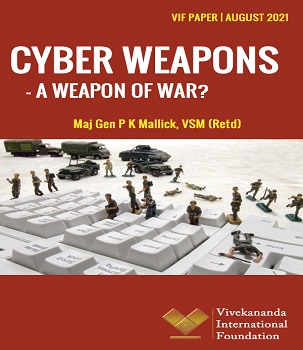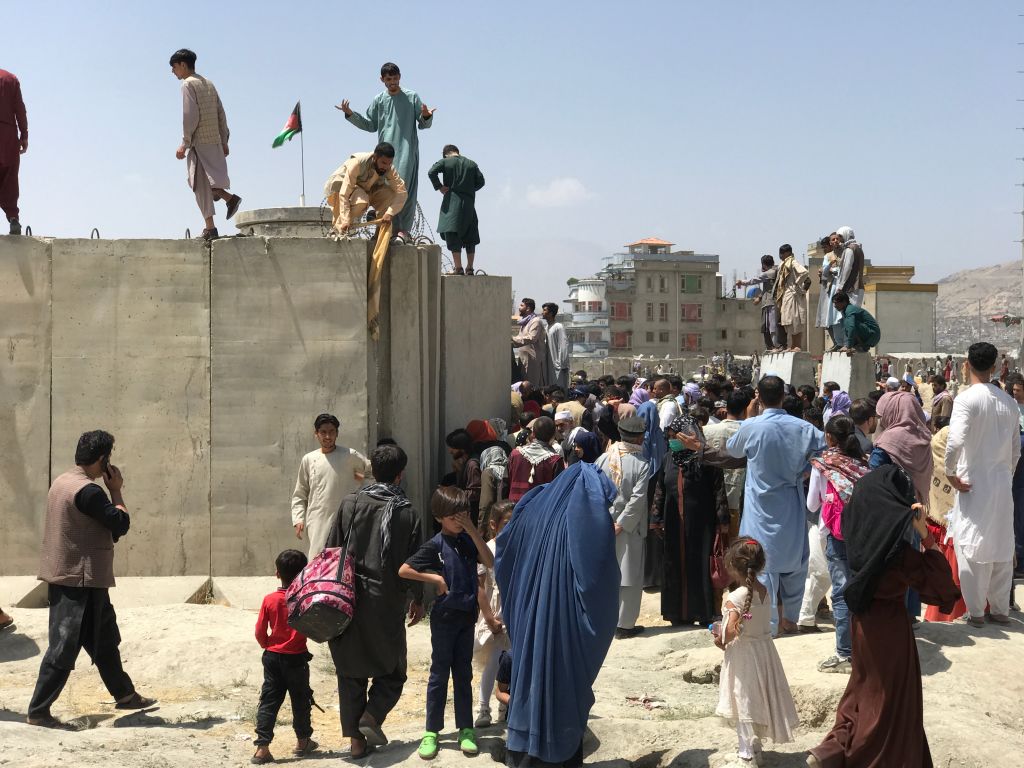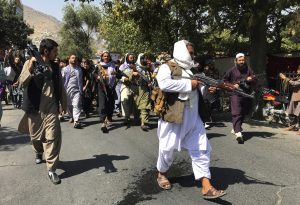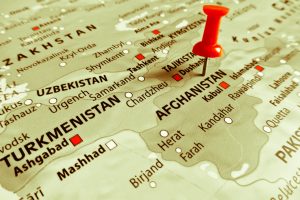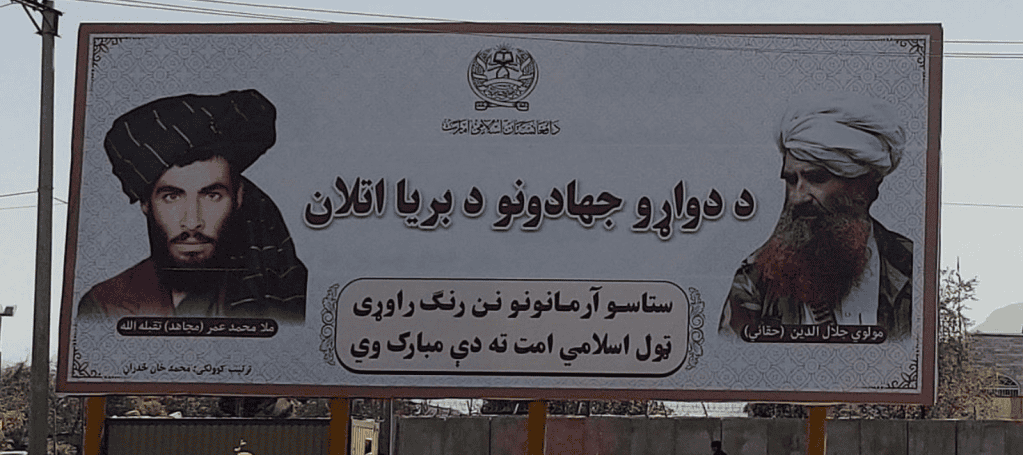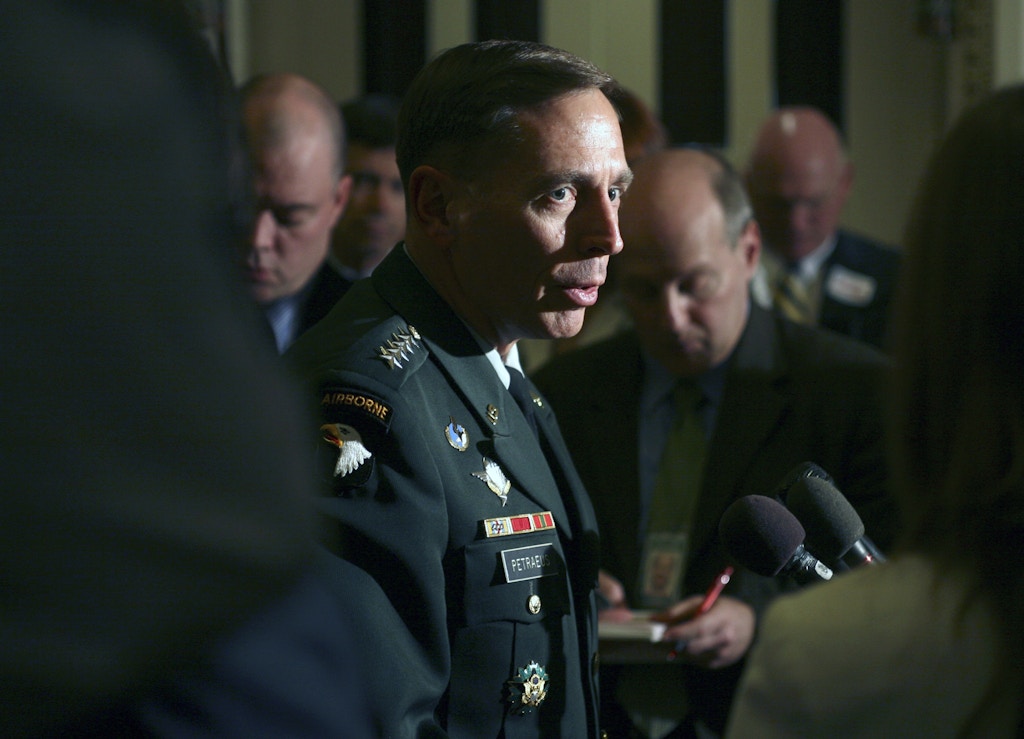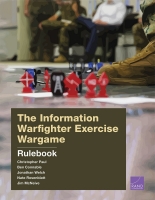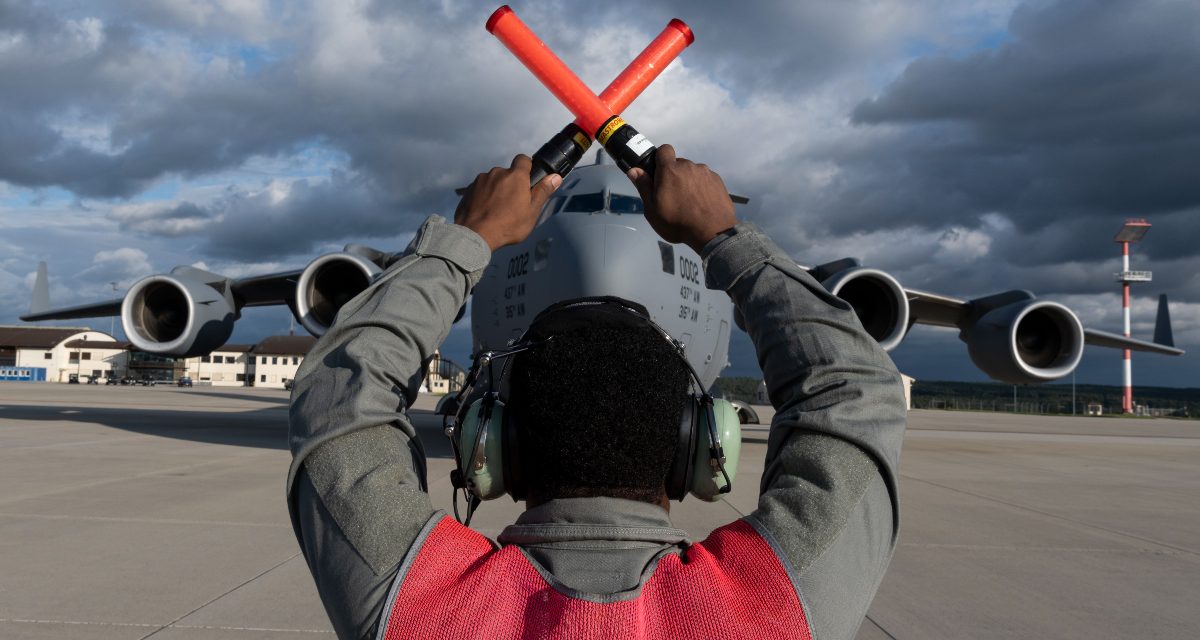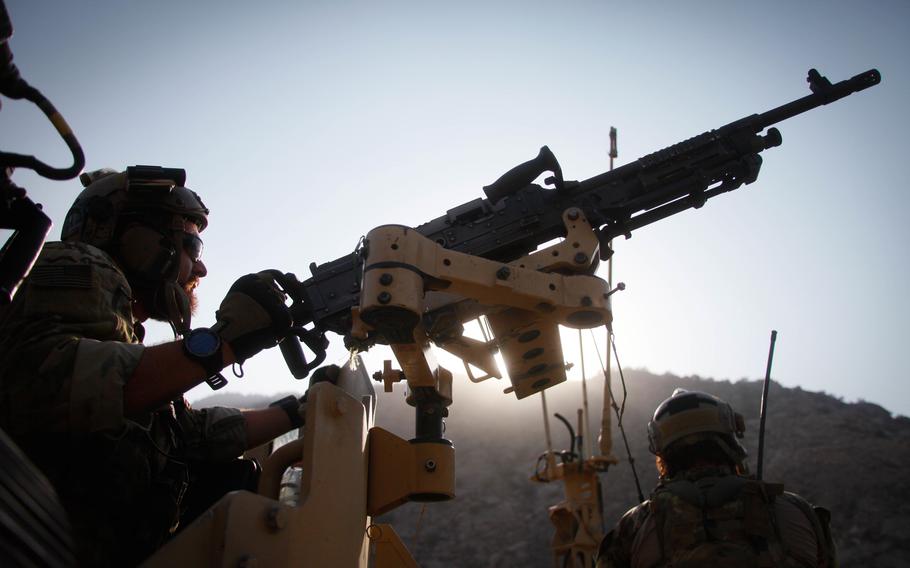Christopher Paul, Ben Connable, Jonathan Welch, Nate Rosenblatt, Jim McNeive
The Marine Corps Information Operations Center (MCIOC) conducts an Information Warfighter Exercise (IWX) — an event designed to provide training on operations in the information environment (IOE) — one to two times per year. MCIOC asked RAND to help develop a structured wargame for IWX with a formal adjudication process. This document contains the ruleset developed, playtested, and implemented during the 2020 IWX cycle.
The IWX wargame is an opposed event in which two teams of players compete in and through the information environment to better support their respective sides in a notional scenario. Teams represent an Information Operations Working Group (IOWG) or information-related Operational Planning Team (OPT), or its adversary force equivalent, as dictated by the scenario. During the game, each team generates a plan for OIE, and players are then called on to add details to their plan, amend that plan dynamically in response to in-game events, prepare discrete game actions as part of plan execution, and make cogent arguments in favor of their team's actions and against the actions of the opposed team. A panel of expert judges uses a structured process and a random element (dice) to adjudicate the success or failure of actions drawn from the players' plans.
This document presents the full ruleset for the IWX wargame, including a host of optional rules to allow tailoring the game to specific preferences, needs of the training audience, or scenarios. Handouts and aids for playing the game, as well a brief Player's Guide, are also available for download.
 The Deterrence Theory was developed in the 1950s, mainly to address new strategic challenges posed by nuclear weapons from the Cold War nuclear scenario. During the Cold War, the U.S. and the Soviet Union adopted a survivable nuclear force to present a ‘credible’ deterrent that maintained the ‘uncertainty’ inherent in a strategic balance as understood through the accepted theories of major theorists like Bernard Brodie, Herman Kahn, and Thomas Schelling.1 Nuclear deterrence was the art of convincing the enemy not to take a specific action by threatening it with an extreme punishment or an unacceptable failure.
The Deterrence Theory was developed in the 1950s, mainly to address new strategic challenges posed by nuclear weapons from the Cold War nuclear scenario. During the Cold War, the U.S. and the Soviet Union adopted a survivable nuclear force to present a ‘credible’ deterrent that maintained the ‘uncertainty’ inherent in a strategic balance as understood through the accepted theories of major theorists like Bernard Brodie, Herman Kahn, and Thomas Schelling.1 Nuclear deterrence was the art of convincing the enemy not to take a specific action by threatening it with an extreme punishment or an unacceptable failure.